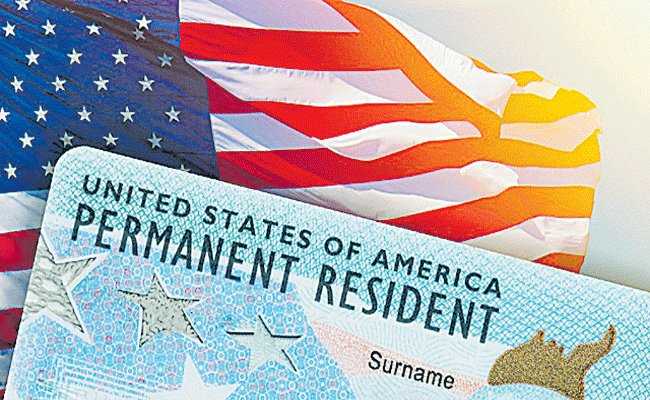
If you're married to a U.S. citizen and planning to apply for a green card in 2025, be prepared for a more complex and time-consuming process.
Ongoing policy shifts — still influenced by the Trump-era administration — have led to significant changes in USCIS procedures, particularly for Form I-130 and Adjustment of Status applications.
To ensure your green card journey goes as smoothly as possible, here's what you need to know about the latest developments in 2025.
1. Longer Processing Times
Marriage-based green card applications are facing extended processing times in 2025. Biometrics appointments, interviews, and approvals are all taking longer — even for applicants filing from within the U.S.
While USCIS has acknowledged the delays, no major solutions have been implemented. Heightened security checks and more extensive vetting are contributing to the slowdown, so patience is key.
2. Stricter Scrutiny of Marriage Authenticity
USCIS officers are now taking a closer look at whether a marriage is genuine. Expect deeper investigations into:
Joint financial accounts
Shared living arrangements
Social history and public presence as a couple
Interview responses and consistency
Requests for additional evidence (RFEs)
One recent applicant experienced three unannounced home visits from USCIS officers, repeated calls to family members across multiple states, and invasive requests for private information — including past criminal records.
It’s more important than ever to ensure your case is well-documented and legally supported.
3. Updated Forms and Higher Filing Fees
USCIS has rolled out updated versions of key forms, including Form I-130 (Petition for Alien Relative) and Form I-485 (Adjustment of Status), along with increased filing fees.
Submitting outdated forms or relying on old checklists could result in rejections or delays. Always use the most recent versions available on the USCIS website and review all requirements before filing.
4. Delays in Work and Travel Permits (EAD/AP)
Processing times for Employment Authorization Documents (EAD) and Advance Parole (AP) have also increased. Many applicants are waiting between 8 to 14 months for these permits.
This means some couples must cope with one spouse being unable to work or travel while their green card is pending.
For those who cannot wait, consular processing may offer a faster alternative — though it has its own requirements and risks.
5. Fewer Interview Waivers
Previously, USCIS often approved marriage-based green cards without interviews. That’s changed. Most applicants are now being called in for in-person interviews — even those with seemingly straightforward cases.
Keep in mind: an interview doesn’t protect you from enforcement actions. Applicants with prior removal orders or visa overstays remain at risk of detention.
Recent USCIS social media posts have shown individuals being detained at the Miami Field Office during routine interviews.
That said, if your case is exceptionally strong, you may still qualify for an interview waiver, which can save months of waiting.
6. What Counts as a Bona Fide Marriage in 2025
To prove your marriage is genuine, a simple marriage certificate won’t be enough. USCIS looks for:
Joint bank accounts and financial records
A shared lease or mortgage
Photos together over time
Text messages, call logs, emails
Affidavits from family and friends who know you as a couple
The more comprehensive and consistent your evidence, the better your chances of success.
Final Thoughts
The path to a marriage-based green card in 2025 is more demanding than in previous years.
With longer wait times, heightened scrutiny, and stricter procedural requirements, attention to detail is essential. Be thorough, stay informed, and seek professional guidance when necessary.
With the right preparation, you can still navigate these changes successfully and achieve permanent residency through marriage.













